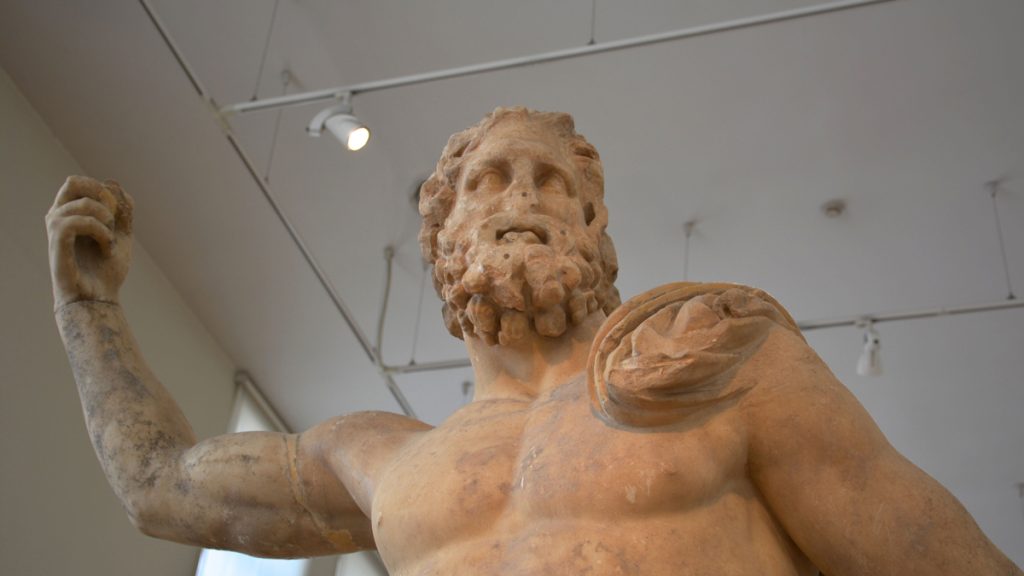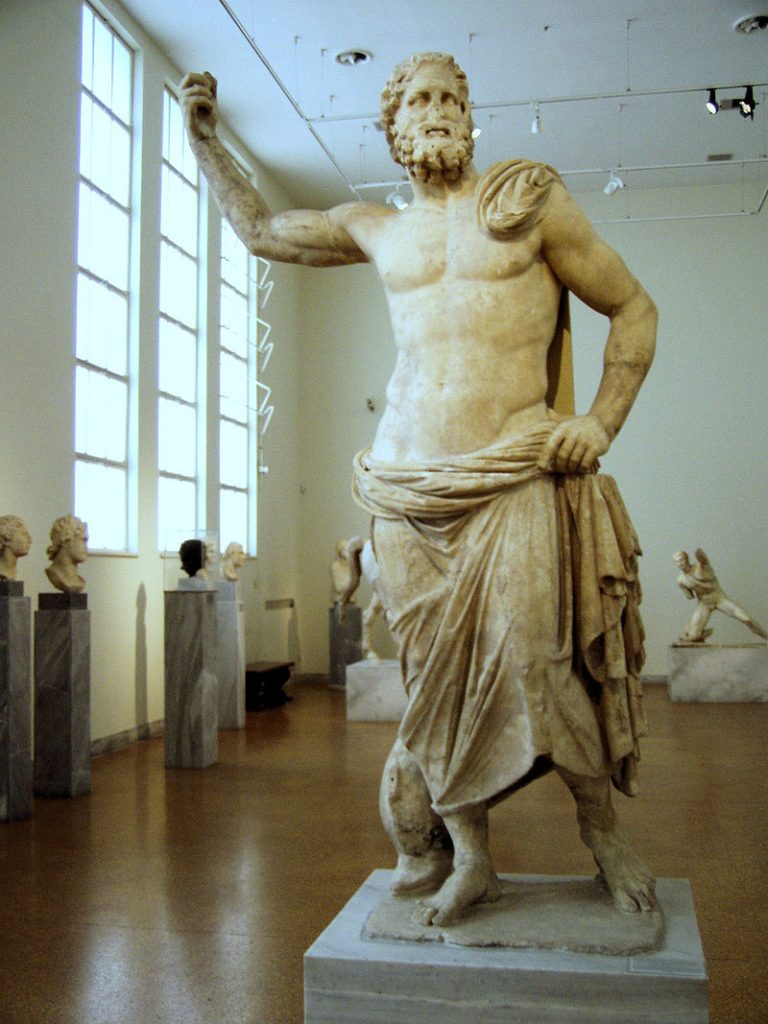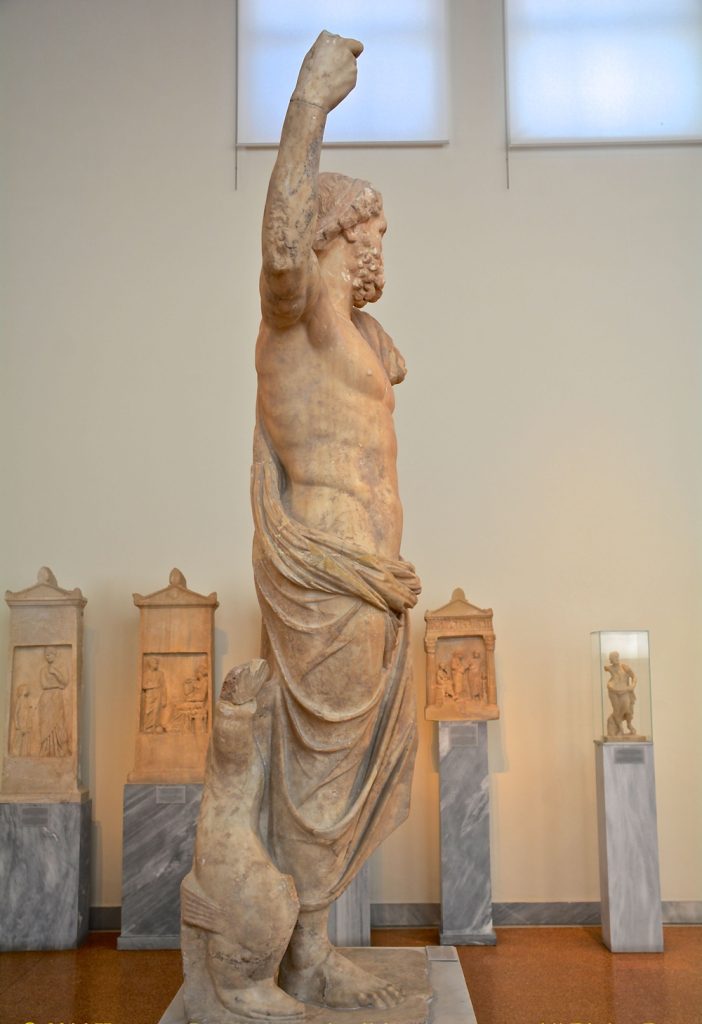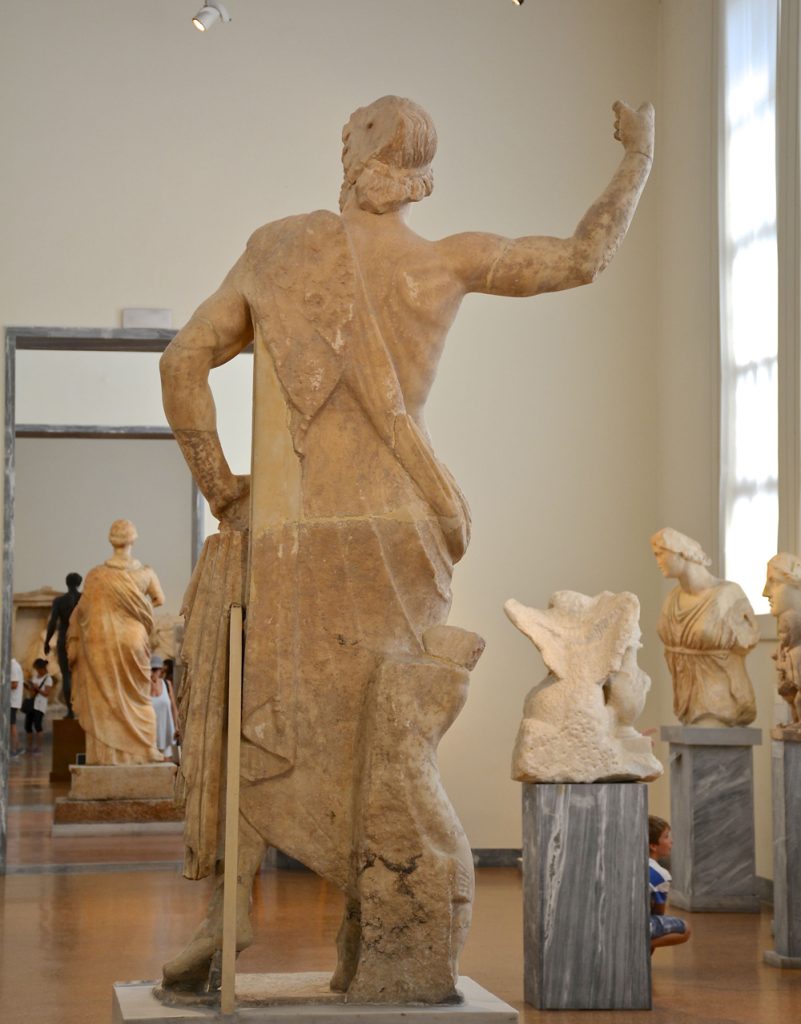Introduction of Poseidon of Melos

In Greek mythology, Poseidon is the god of the sea. He is in charge of the sea and the storm on the sea. The statue of Poseidon of Melos, also known as Poseidon of Melos, is a shining pearl in Ancient Greek art. This mysterious and powerful sculpture was discovered on the Greek island of Melos in 1820 and is now displayed at the Louvre in Paris, becoming an indispensable treasure in the world’s art treasury. This article will deeply discuss the history, artistic value and cultural significance of Merlot’s statue of Poseidon, and explore its important position in the ancient Helladic chronology.
Mysterious Discovery
The discovery of the statue of Poseidon by Melos was an accidental miracle. In 1820, a farmer discovered fragments of this statue on the Greek island of Melos. After careful excavation, it turned out that this statue had been buried underground for hundreds of years, buried in the dust over time. However, even after years of burial, this statue still exhibits astonishing beauty and grandeur.

The statue of Poseidon of Melos believed to created by an ancient Greek sculptor, although there is no exact evidence of its author. It is a work of the 2nd century BC, belonging to the Laibian School of Greece, and represents the peak of Ancient Greek art.
The Value of Art and the Beauty of Aesthetics
The statue of Poseidon of Melos is a looming model, reflecting the elegance and perfection of Ancient Greek art. Its shape is solemn and dignified, and Poseidon’s manner is dignified and awe inspiring. Poseidon is half naked, and the muscular lines show the sculptor’s exquisite grasp of human anatomy. His right hand originally held the trident, while his left hand extended towards his chest. Although the right arm of the sculpture has now lost, this 8-inch (approximately 20 centimeters) hand believed to be holding his crown.
The sculptor also skillfully used symmetry and proportion in his creation, making Poseidon’s body present perfect balance and harmony. Poseidon’s facial expression combines strength and compassion, staring into the distance, giving a feeling of deep thinking and tranquility.

Mythology and Cultural Significance
Poseidon is an important role in Greek mythology. He is the master of the sea and the cause of earthquakes and tsunamis. In ancient Culture of Greece, Poseidon symbolized the power and mystery of the sea, and represented power and domination. He is one of the objects of worship and reverence among the Greeks, worshipped and prayed for.
Melos’ statue of Poseidon has become an important heritage of ancient Helladic chronology. Because of its superb artistic performance and cultural significance. It reflects the ancient Greeks’ pursuit of beauty, power and mystery. And inherits the wisdom and treasure of ancient Culture of Greece.

Inheritance and Protection of Poseidon of Melos
As a masterpiece of ancient Greek art, the statue of Poseidon of Melos has been respected and studied by artists and scholars all over the world. It has become a treasure in the art treasure trove of the Louvre due to its superb artistic value and cultural significance. And is also one of the important reasons for attracting tourists to come and see it.
However, as an ancient statue, the statue of Poseidon of Melos also faces the erosion of time and environment. In order to protect this precious cultural heritage, the Louvre has taken various measures, including adjusting the exhibition environment and controlling lighting.

